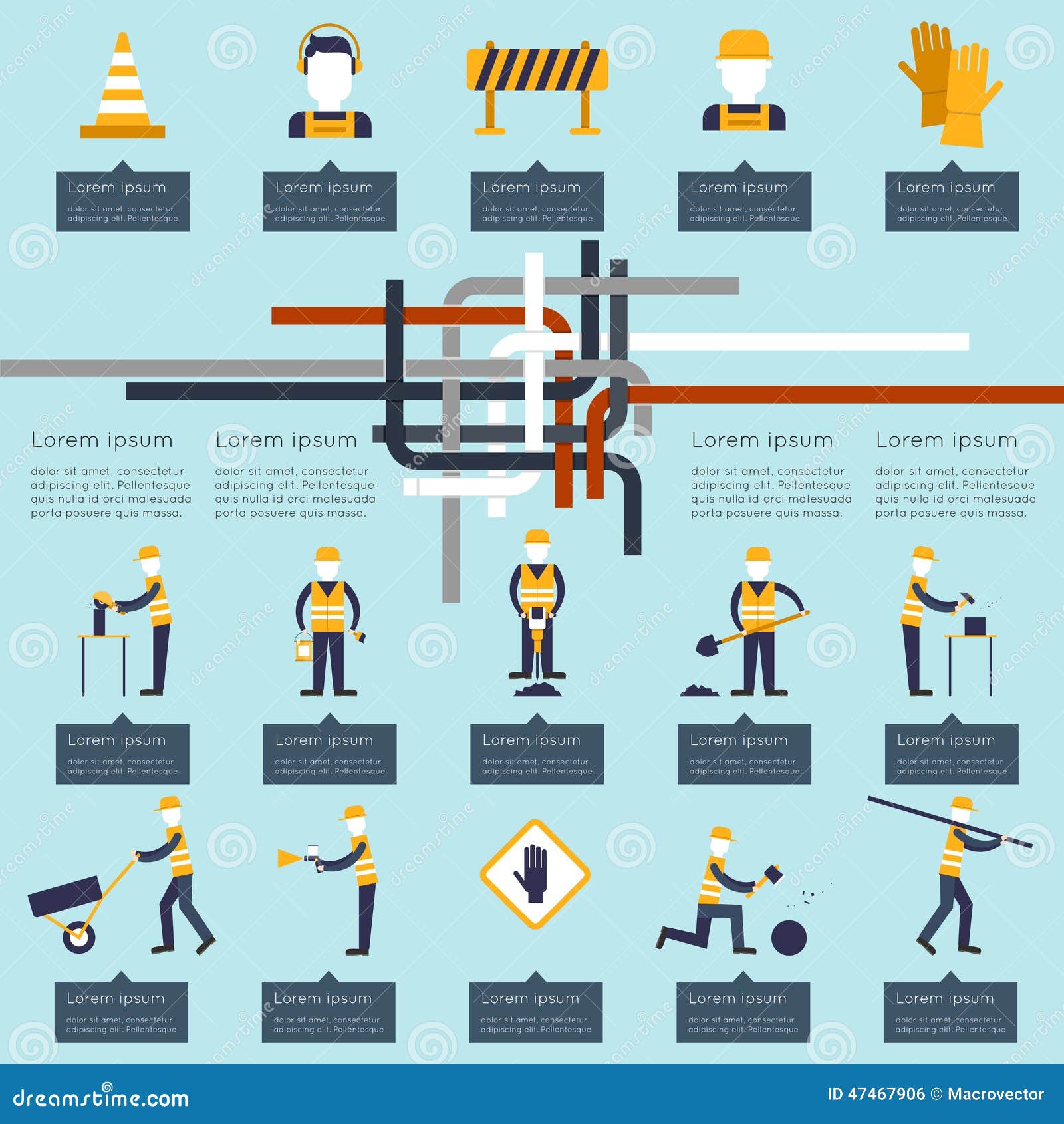The Performance Of Your Industrial External Paint Project Is Very Closely Linked To Climate Condition-- Find Out Just How It Can Either Support Or Impede Your Desired Outcomes
The Performance Of Your Industrial External Paint Project Is Very Closely Linked To Climate Condition-- Find Out Just How It Can Either Support Or Impede Your Desired Outcomes
Blog Article
Staff Author-Rode Stiles
When you're planning a commercial outside painting task, don't undervalue the impact of climate on your outcomes. You need to think about variables like temperature, moisture, and rainfall, as they can make or damage your paint work. For instance, did you know that ideal problems ask for certain temperature level arrays and moisture levels? Falling short to check these aspects can result in irregular finishes or perhaps damage to fresh paint. Understanding these components is crucial to achieving a resilient, professional outcome. So, what details climate condition should you be wary of?
Temperature Considerations
When it involves commercial exterior paint, temperature level plays an important duty in the result of your job. If you're painting in extreme warmth, the paint can dry out too swiftly, resulting in issues like poor bond and unequal surfaces. You wish to go for temperatures in between 50 ° F and 85 ° F for the very best outcomes. Listed below 50 ° F, paint might not treat appropriately, while above 85 ° F, you take the chance of blistering and fracturing.
Timing your project with the right temperatures is important. Start your job early in the early morning or later on in the afternoon when it's cooler, particularly during hot months.
Additionally, consider the surface area temperature; it can be considerably higher than the air temperature level, specifically on warm days. Make use of a surface thermostat to check this before you start.
If temperatures are unpredictable, keep an eye on the weather prediction. Unexpected temperature level decreases or warm front can derail your plans. You don't intend to start repainting only to have the conditions change mid-project.
Moisture Degrees
Moisture levels dramatically affect the success of your commercial external painting task. When the moisture is expensive, it can impede paint drying and healing, resulting in a series of issues like inadequate adhesion and finish quality.
If you're planning a task during damp problems, you may discover that the paint takes longer to dry, which can expand your job timeline and increase expenses.
Conversely, reduced https://professional-painters-nea87765.atualblog.com/39503576/create-a-fashionable-place-in-your-house-with-the-hottest-interior-paint-colors-check-out-the-effortless-ways-to-elevate-your-area can also position obstacles. Paint may dry out too swiftly, stopping correct application and causing an uneven finish.
You'll want to check the humidity levels closely to ensure you're functioning within the ideal range, typically between 40% and 70%.
To obtain the very best results, consider utilizing a hygrometer to measure humidity before starting your job.
If you find the degrees are outside the optimal range, you might need to adjust your timetable or select paints designed for variable problems.
Constantly consult the supplier's guidelines for certain referrals on moisture tolerance.
Rainfall Impact
Rainfall or snow can substantially interrupt your commercial exterior painting strategies. When rainfall happens, it can wash away fresh used paint or produce an unequal finish. Ideally, you want to select days with dry climate to make certain the paint adheres properly and remedies efficiently. If you're captured in a shower, it's ideal to stop the project and wait on problems to boost.
Additionally, linked site can be a lot more destructive. Not only does it develop a wet surface area, yet it can also decrease temperatures, making it difficult for paint to dry. This can lead to problems like peeling or blistering down the line.
It's crucial to examine the weather prediction prior to starting your job. If rain or snow is forecasted, take into consideration rescheduling.
Constantly keep in mind to enable appropriate drying time between layers, specifically if the weather condition continues to be unforeseeable.
Verdict
Finally, keeping an eye on the weather is important for an effective industrial external painting task. By checking temperature, humidity, and rainfall, you can make certain the very best problems for application and curing. Remember to intend your job around favorable climate and constantly comply with manufacturer guidelines. With the right strategy, you'll accomplish a lasting, attractive finish that can endure the aspects. Don't let the weather condition catch you off-guard-- remain educated and repaint smart!
